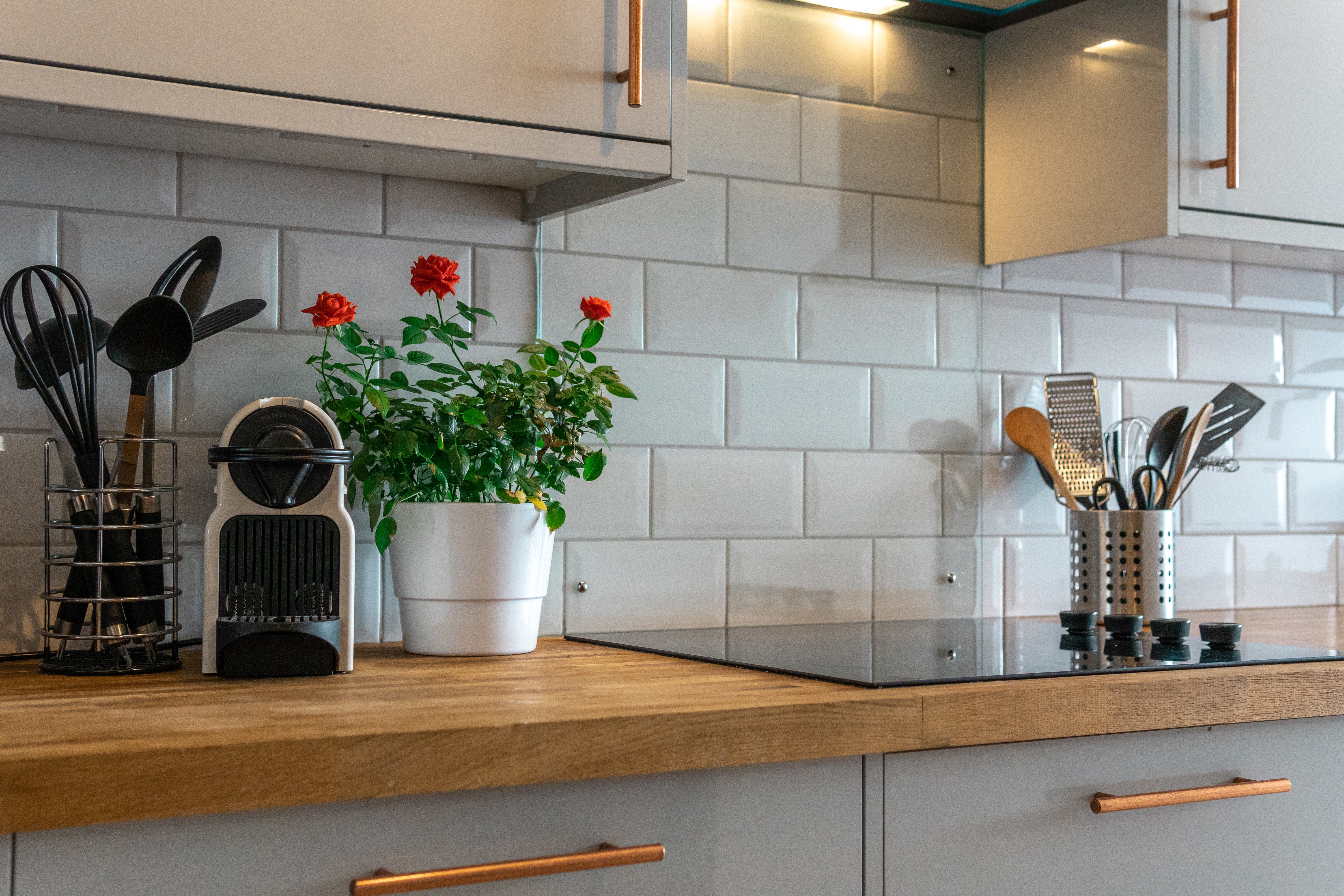
Environmental chemicals are found everywhere, and we may not even know where or how often we come in contact with them. While we're in the kitchen cooking up nutritious meals to nourish our bodies, we may be coming in contact with some of these chemicals without even knowing it.
Read on the learn about some of the most commonly seen environmental toxins that may be lurking in your kitchen, and then some ways to avoid these by choosing cleaner and greener options.
The Top 5 Environmental Toxins That May be Lurking in Your Kitchen
#1 BPA: Bisphenol-A is commonly found in plastic food storage containers and plastic water bottles. Even BPA-free products often contain BPS and phthalates which carry similar health risks. These are endocrine disruptors and are even potential carcinogens. (1) Avoid plastic food storage containers, and opt for glass instead. Skip the plastic water bottles, and go for a glass or stainless steel option.
#2 Heavy Metals: Heavy metals can be found in the water we drink. In fact, the Environmental Working Group states that 75% of Americans drink water that contains high levels of chromium-6. (2) To avoid heavy metal and other contaminant exposure in the water you drink, invest in a water filter. There are options for everyone's budget. From Brita filters to water filters that can be installed under your sink, there's something for every household. The Berkey water filter is another excellent option that can sit right on your countertop, and the filters last a few years.
#3 Phthalates: A well-known endocrine disruptor, phthalates are found in fragranced products like the dish soap you use in your kitchen. Since the term "phthalate" isn't required to be disclosed in the ingredient list, to be safe, stay away from any product that includes fragrance. Instead, opt for fragrance-free dish soap and stick to as many natural products as possible.
#4 Triclosan: This chemical is most often labeled as "antibacterial" in things like dish soap as well as detergents. Triclosan has been linked to creating growth-resistant bacteria due to its powerful antimicrobial properties. The problem is that the antibacterial nature of triclosan may lead to other types of bacterial resistance like antibiotic resistance. Not only that, but triclosan is also thought to be a potential carcinogen. (3) Stay away from anything with the term "antibacterial" listed in the ingredient list and choose a cleaner and more natural option.
#5 2-Butoxyethol: Commonly found in kitchen and multi-purpose cleaners, 2-butoxyethol gives cleaners their "clean" scent, but this ingredient has been linked to things like sore throat when inhaled. It's not something you want to expose your body to as very high levels have also been linked to kidney and liver issues. (4) The scary thing about this chemical is that it is not required to be listed in the ingredient list when it comes to household cleaners. To avoid exposure to this chemical, avoid using all-purpose cleaners, and try using vinegar or baking soda with essential oils.
To help reduce your exposure to environmental chemicals and safeguard your health, try ditching all products that contain fragrance, and steer clear of plastic. Whenever possible, choose natural and organic cleaning products, and f you're up for it, make your own! A little vinegar, baking soda, castile soap, and high-quality essentials oils can go a long way!

